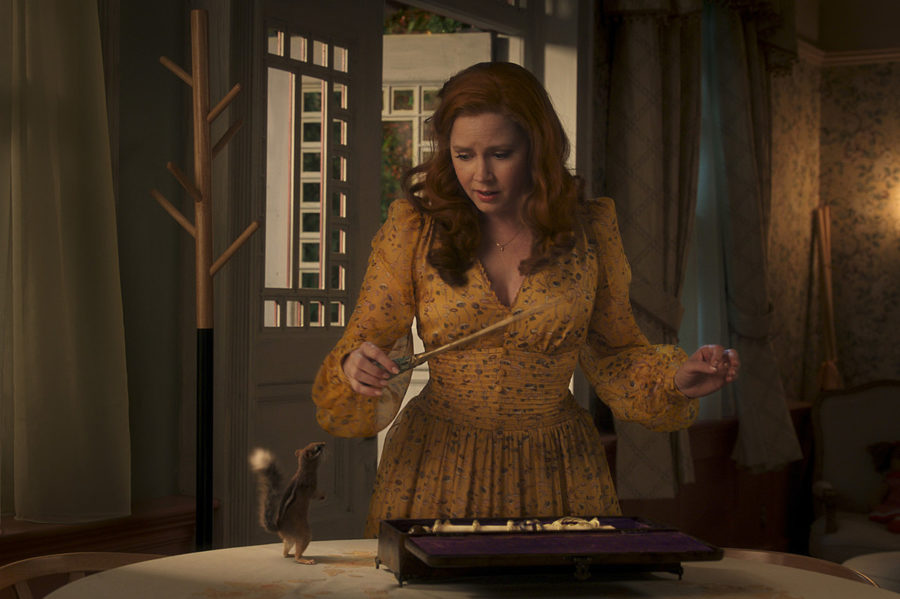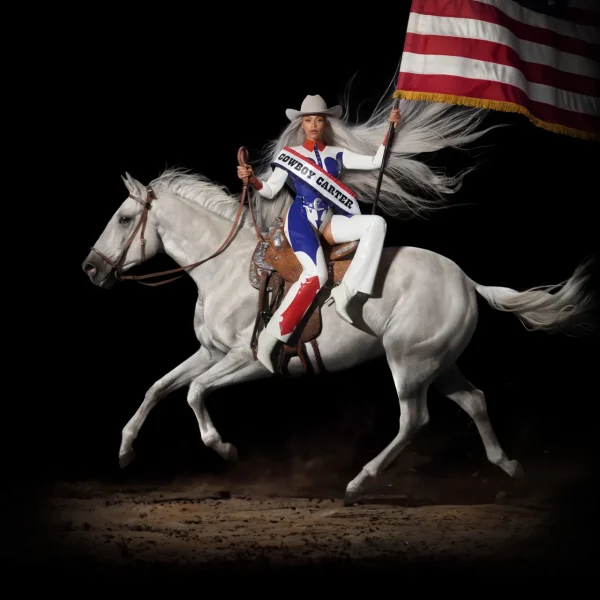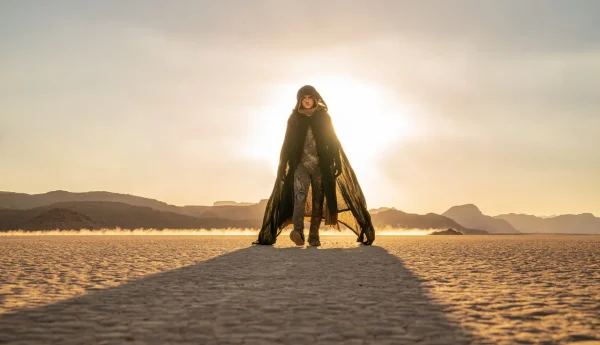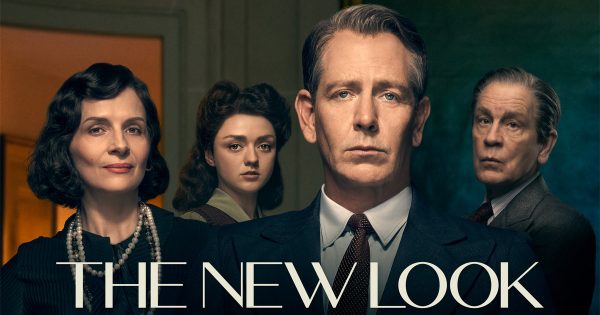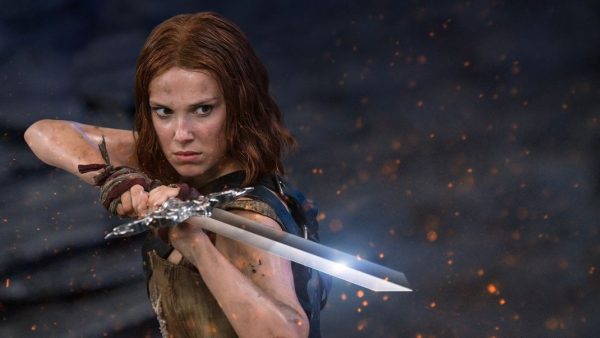Not Quite Enchanted
Despite pleasing design choices, ‘Disenchanted’ lives up to its name with disjointed plot points and boring cliches.
“Disenchanted” essentially means not enchanted, which perfectly sums up the sequel’s inability to emulate the magic of the first movie. 15 years after the release of Disney’s “Enchanted”, the much-anticipated sequel- “Disenchanted” – tried to establish a nostalgic, feel-good fairytale referencing Disney classics like Cinderella and Rapunzel. Yet, with four different credited writers and screenplays, it felt as if I was reading multiple scripts for different movies all last minute thrown together. If you hate predictable Disney movies, don’t waste your time watching this. Although as much as I love a warmhearted, fun princess movie, the director, Adam Shankman, fails to transform the cliches into something unique. Instead, “Disenchanted” was a forgettable sequel that never walked out of the shadow of the original.
The movie begins as the first one did with a gorgeous animation walkthrough of the fairytale land of Andalasia. I felt that the iconic animated fairytale contained incredibly detailed colors, setting the sequel off to a great start. Pip the chipmunk (Griffin Newman) retells the story of “Enchanted” through a storybook format where Giselle (Amy Adams) and Robert (Patrick Dempsey) got married and had a baby girl named Sofia. The two lose sight of their familial values as Morgan (Gabriella Baldacchino), Robert’s daughter from the first movie, becomes a difficult teenager. The family wishes to reallocate to Monroeville, a town advertised as a real-life fairy tale. The live-action scenes begin with the family packing up their belongings, ready to start fresh. The film quickly went downhill with the basic, confused teenager plot who doesn’t fit in. Yet out of hope, I crossed my fingers the plot would develop into something more. Spoiler alert: it didn’t.
As the family arrives, they are greeted with an unfinished castle-like house. The family meets Malvina Monroe (Maya Rudolph) and her two assistant-like friends, Rosaleen and Ruby. Immediately, viewers see that when Malvina enters the frame, the mood shifts to a darker, tension-filled atmosphere. Even in her clothing, everyone else in the scene is dressed brightly while Malvina wears black. The stylistic choices by Shankman were well done and extended his message to the visuals. The next morning, the family receives a visit from Edward (James Marsden) and Nancy (Idina Menzel), the rulers of Andalasia. They gift Sofia with the Andalasian wishing wand that may only be used by a true Andalasian, making Morgan feel extremely excluded. As we see the mother-daughter bond progress, the two clash because of Giselle’s overly optimistic perspective with Morgan’s pessimistic view. Ultimately, Morgan calls Giselle merely just her stepmother, which pushes Giselle to use the wand to wish for a fairytale. But, all magic comes with a price.
It wouldn’t be a Disney princess movie without singing, yet despite Amy Adams and Idina Menzel’s incredible voices, the songs added nothing to the film and arguably made it worse. The lyrics of songs are supposed to amaze the listeners and creatively tell a story. The lyrics of “Even More Enchanted” sung by Giselle for example were just mashed-up sentences with a catchy tune and nothing more.
While the writers attempted to tie in references to the first movie, the deeper connection was never established. Using the same names and actors isn’t the same as actually building on the characters’ personalities. For example, the whole point of “Enchanted” was to represent Giselle’s development of learning about reality, yet Giselle in the sequel was shown to be her unaware self and just as clueless about the natural world. So Giselle’s character development went backward and she didn’t learn anything from the first movie? On top of that, Giselle and Robert in the first movie share a spark that had watchers wishing their lives were like there’s. However in “Disenchanted”, the two lack chemistry, acting like platonic friends plus a few awkward kisses. Why was the deeply romantic couple just acting like friends now? Something isn’t quite adding up.
Giselle wakes up to talking bluebirds and Monroeville transformed into a lookalike Andalasia. The editing choice of adding a smooth overlay on the film alluded to the dream-like fantasy Giselle created, and the set designs were immaculate. Although her wish came true, she unknowingly casts a spell upon herself where she slowly turns into a selfish stepmother towards Morgan, the princess of the town. Amy Adams’s performance of Giselle’s opposite personas couldn’t have been done better. I actually believed Giselle was possessed by an evil stepmother thanks to Adams’s dedication to the role.
The overarching goal was to save Giselle from the evil curse she had placed on herself. But the plots don’t stop there. Malvina and Giselle fight for the crown, Robert strives to become a hero, imitating King Edward in the last movie, Morgan finds a love interest and Andalasia is falling apart. With the film’s constant switches between the staggering plotlines, the main plot becomes hidden under the overwhelming, unnecessary and underdeveloped supporting plots. Shankman should’ve emphasized quality over quantity and this mistake proved detrimental to the film.
The end of the two-hour movie arrives and the film somehow manages to get cheesier and cheesier. The finale wrapped up the conflict in a choppy way that made no sense. Ending off with a bang, the film concludes with a rushed bullet list of what happens to each character. It felt like Shankman ran out of time, so he threw in a few endings and called it a day. But I applaud the designers of the set, costumes, and editors that truly made Monroeville imitate a fairytale. However, overall, needless to say, I was waiting for the inevitable “The End” to appear on the screen.

Hi, I'm Lauren Choy. I'm an online features editor. This is my third year on staff. I love the journalism community so much.



